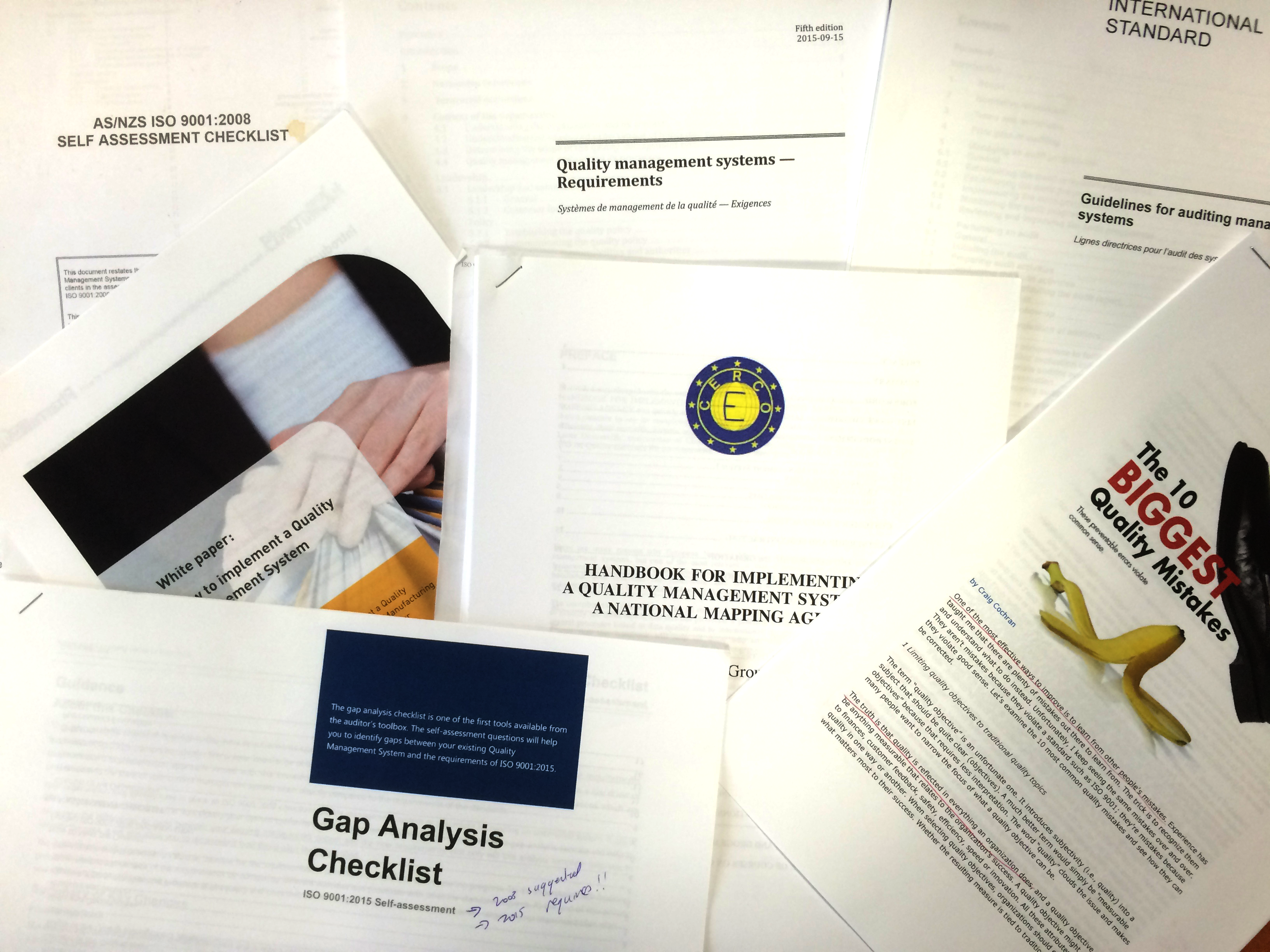Why would anyone want a Quality Management System, or QMS? To quote the ISO, “It helps businesses and organisations be more efficient and improve customer satisfaction.” The document that details such a system is ISO 9001 (2015) Quality Management Systems. A large part of this ISO reads as a business plan – improve performance; sustainable development; identify opportunities / enhance customer satisfaction etc. Overall, the ISO employs the approach of Plan-Do-Check-Act and requires risk-based thinking.
From a Quality Assurance standpoint, these stand out:
- align your processes so everyone in your organisation understands them.
- meet the necessary statutory and regulatory requirements.
- identify and address the risk so preventative and corrective action can be implemented.
A QMS is built on the following quality management principles:
- Customer focus – key to getting and keeping customers.
- Leadership – ensures everyone in your organisation knows the goals.
- Engagement of people – this includes both internal and external customers.
- Process approach – map your processes so you know what connects to what and duplication is minimised (or eliminated).
- Improvement – you may have heard of Continuous Improvement. What are we doing now? How can we make it better?
- Evidence based decision making – going to do something? Evidence of why is needed and ideally, a way to measure the outcome.
- Relationship management – expectations, allowing feedback, investigating and resolving customer complaints, communication of news/plans.
How to Begin
As I like to be efficient, I’d not develop what I do not have to myself – if it has been done before and documented make use of this (either internal resources or those found online). Hence this short post!
Assuming you have no QMS in place:
- Determine what you want to get out of a QMS
- Get management on board. They need to show leadership in this.
- Source ISO 9001, 19011, white-papers, templates (not the best but a start) and nuggets of information that may be found in discussion papers, blog posts, etc
Once I know the current state of things and where we want to be, and I know what resources can be allocated, then I can set up a timeline, allocate/schedule tasks and get the ball rolling.
Once the project’s completed and a success (as proven by the use of SMART goals determined at the start of the project), and after training’s been completed, audit everything.
Long term, continue training, auditing and improving to ensure success.
Did you find this informative or useful? Please consider a small donation so I can expand and improve on what I deliver.
![]()

